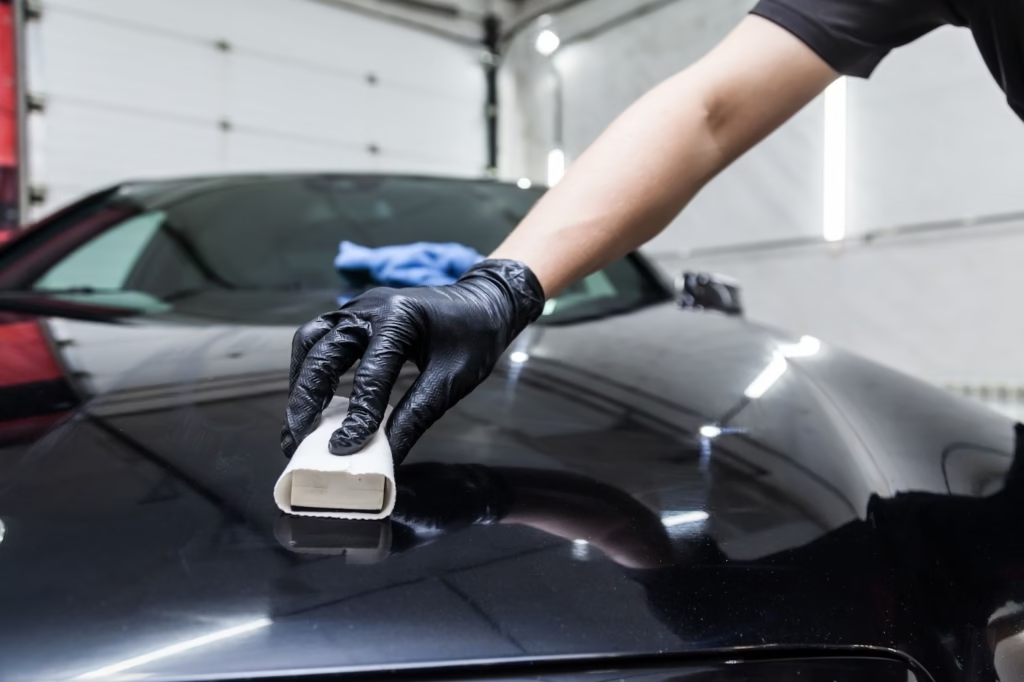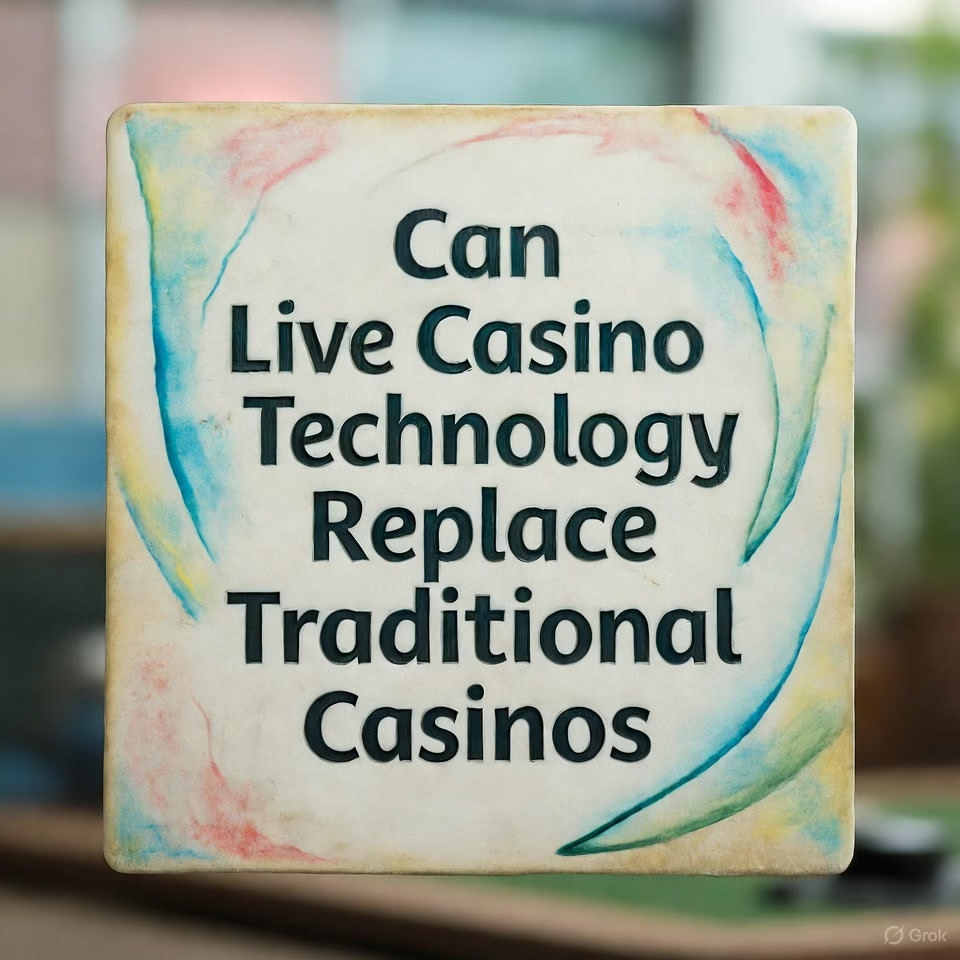Quick Answer
Ceramic coating offers a durable, semi-permanent layer of protection that significantly enhances a vehicle’s resistance to environmental contaminants, UV damage, and light surface abrasions – but it doesn’t make your car scratch-proof. While it can minimize the appearance of minor swirls and help prevent light marring, it won’t stop deep scratches from keys, rocks, or improper washing. The benefits of ceramic coating include easier cleaning, long-lasting gloss, and better paint preservation, making it a worthwhile investment for many vehicle owners seeking long-term care.
Introduction
If you’ve ever spent a Saturday afternoon hand-washing your car only to find water spots, bug splatter, or fine swirls marring the finish by Monday, you’re not alone. Modern vehicle care demands more than just wax and elbow grease – enter ceramic coating, a nanotechnology-driven solution that’s gained serious traction among Canadian drivers. Unlike traditional protectants, ceramic coating forms a molecular bond with your paint, offering lasting resilience against everyday wear.
But with popularity comes confusion. Marketing claims, forum debates, and half-truths have muddied the waters: Does it really prevent scratches? Is it worth the cost? And can it replace other forms of protection? In this article, we’ll cut through the noise and separate myth from reality – so you can decide if this advanced treatment aligns with your vehicle care goals.
Debunking the Top Myths About Ceramic Coating
Ceramic coating has become a buzzword in car care circles – but with buzz often comes misinformation. Let’s clear the air by addressing some of the most persistent myths with evidence-based facts.
Myth 1: “Ceramic coating makes your car completely scratch-proof”
Fact: This is perhaps the most widespread misconception. While ceramic coatings significantly increase surface hardness – often rated between 9H and 10H on the pencil hardness scale – they are not impervious to physical damage. Deep scratches from sharp objects, rock chips at highway speeds, or aggressive wiping with dirty towels can still penetrate the clear coat underneath.
That said, ceramic coating scratches tend to be less frequent and less severe. The coating’s slick surface reduces friction during washing, and its resistance to marring helps maintain gloss over time. Think of it as a strong shield – not an invisible force field.
Myth 2: “Once applied, you never need to wash your car again”
Fact: The hydrophobic properties of ceramic coatings do make cleaning easier – water beads up and rolls off, taking dirt with it – but they don’t eliminate the need for maintenance. Contaminants like tree sap, tar, or hard water minerals can still bond to the surface if left untreated. Regular, gentle washing with pH-neutral shampoo and soft microfiber tools is still essential to preserve the coating’s integrity and appearance.
Myth 3: “It’s just expensive wax”
Fact: Unlike carnauba wax, which sits on top of the paint and degrades within weeks, ceramic coatings chemically bond with the vehicle’s clear coat at a molecular level. This creates a semi-permanent layer that can last 2–5 years with proper care. The benefits of ceramic coating go beyond shine: UV resistance, chemical repellency, and reduced oxidation all contribute to long-term paint health.
Myth 4: “DIY kits deliver the same results as professional application”
Fact: While consumer-grade kits are widely available, their performance rarely matches professional-grade formulations. Achieving a flawless finish requires paint correction beforehand (removing swirls and imperfections), controlled environmental conditions, and precise application technique. A poorly applied coating can result in high spots, streaking, or premature failure – issues that cost more to fix than the initial savings.
Myth 5: “Ceramic coating isn’t worth it for daily drivers”
Fact: On the contrary. Daily-driven vehicles face constant exposure to road salt (especially in Canadian winters), UV radiation, bird droppings, and industrial fallout. A quality ceramic coating acts as a sacrificial barrier, preserving the factory paint and reducing long-term maintenance. For many owners, the ease of upkeep and sustained resale value make it a practical choice – not just a luxury.
To further illustrate how ceramic coating stacks up against other protection methods, consider this comparison:
| Feature | Ceramic Coating | PPF | Traditional Wax |
| Scratch & chip resistance | Moderate | High | Low |
| Hydrophobic effect | High | Moderate | Low to moderate |
| UV & chemical protection | High | High | Low |
| Longevity | 2–5 years | 5–10 years | 1–3 months |
| Maintenance effort | Low | Low | High |
| Gloss enhancement | High | High (clear variants) | Moderate |
This table underscores a key point: is ceramic coating good for cars? The answer depends on your priorities. If you value gloss, ease of cleaning, and broad-spectrum environmental protection – but don’t frequently drive on gravel roads or in high-risk impact zones – ceramic coating is an excellent fit.
What You Should Know Before Getting Ceramic Coating

Deciding to apply a ceramic coating is more than just choosing a shiny finish – it’s a commitment to a specific standard of vehicle care. Before you book an appointment or open a DIY kit, here are key considerations that can help set realistic expectations and maximize long-term results.
Paint Correction Is Non-Negotiable
Ceramic coatings don’t hide imperfections – they seal them in. If your paint has swirl marks, oxidation, or water spots, those flaws will remain visible (and possibly amplified) under the glossy, reflective surface of the coating. Professional installers always begin with a thorough paint correction process using machine polishing to restore clarity. Skipping this step compromises both aesthetics and performance.
Curing Time Matters
Unlike wax that dries in minutes, ceramic coatings require a controlled curing period – typically 24 to 72 hours – during which the vehicle must avoid moisture, dust, and direct sunlight. Full chemical bonding can take up to 14 days. During this window, even light rain or dew can interfere with adhesion. Planning your schedule around this downtime is essential, especially in Canada’s unpredictable spring or fall weather.
It’s Not Just for Paint
Modern ceramic formulations can be safely applied to glass, wheels, and exterior trim. Coated windshields shed rain more effectively, while treated wheels resist brake dust buildup – making routine cleaning faster and gentler. This versatility adds value beyond the body panels, though not all products are multi-surface compatible. Always confirm the coating’s intended use before application.
Maintenance Still Counts
A common follow-up question is: does ceramic coating prevent scratches from everyday use? The short answer is partially. It resists light marring and makes surfaces smoother, reducing friction during washing – but it won’t stop a shopping cart ding or a gravel chip. What it does do is make maintenance easier: dirt doesn’t stick as aggressively, water sheets off cleanly, and contaminants like bird droppings are less likely to etch into the clear coat if removed promptly.
Professional vs. DIY: Weighing the Trade-offs
While over-the-counter kits have improved, they rarely match the durability or clarity of professional-grade products. More importantly, technique matters. Uneven application can lead to hazing, streaking, or reduced hydrophobicity. If you’re considering a trusted local provider – say, a detailer like My Auto – look for transparency about prep work, product origin, and warranty terms. A reputable shop will explain the process, not just sell a service.
Realistic Lifespan Expectations
Most high-quality ceramic coatings last 2 to 5 years, depending on climate, driving habits, and care. Frequent exposure to road salt, automatic car washes with abrasive brushes, or harsh detergents will shorten that window. To extend performance, stick to hand washing with pH-neutral soaps and soft microfiber towels.
Final Thoughts: Is Ceramic Coating Right for You?
Ceramic coating isn’t a magic fix, but it is a smart upgrade for drivers who value long-term paint preservation, ease of maintenance, and a consistently glossy finish. It won’t turn your sedan into an armored vehicle, but it does add a resilient, hydrophobic barrier that stands up well to Canadian road conditions – from summer bug splatter to winter road salt.






